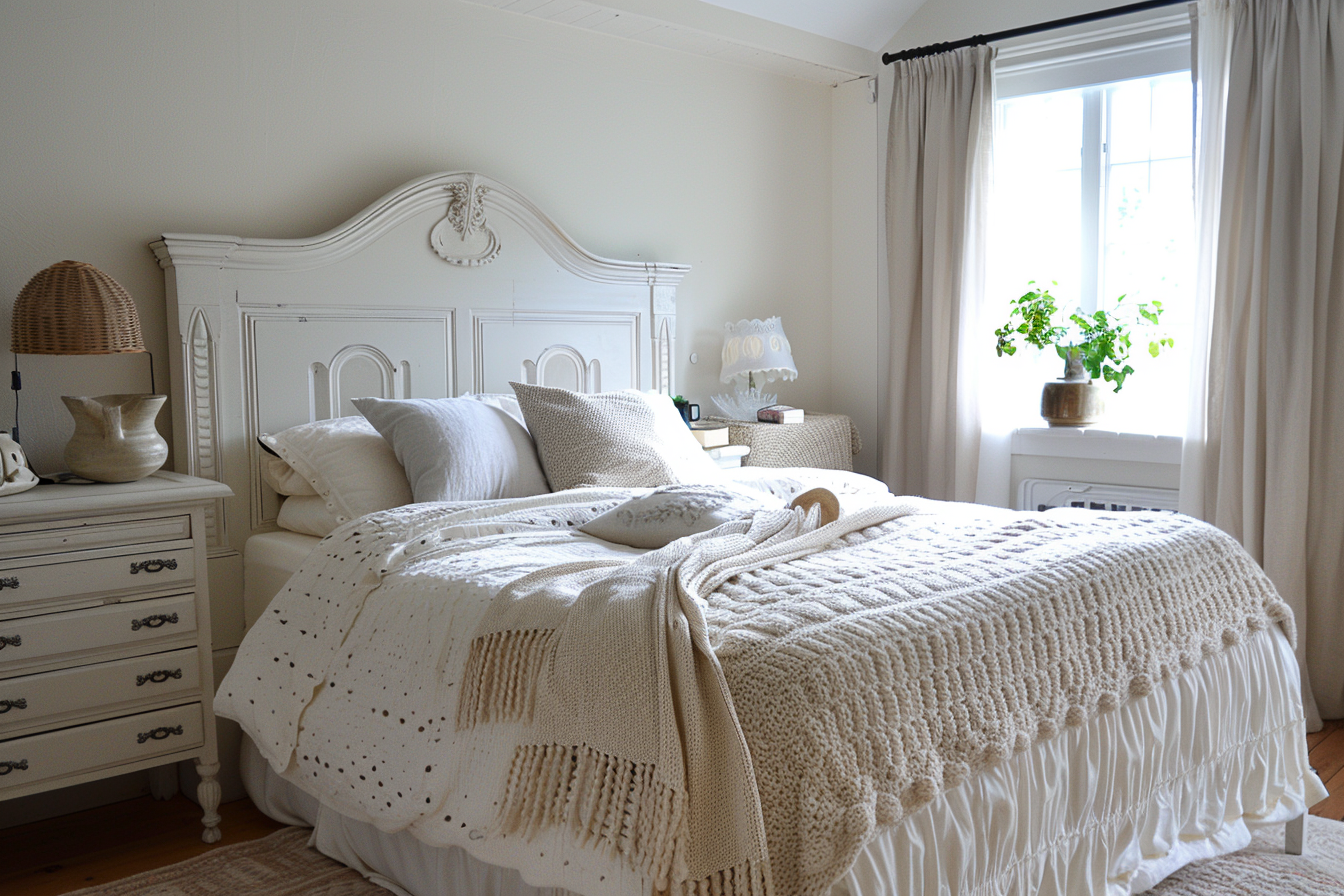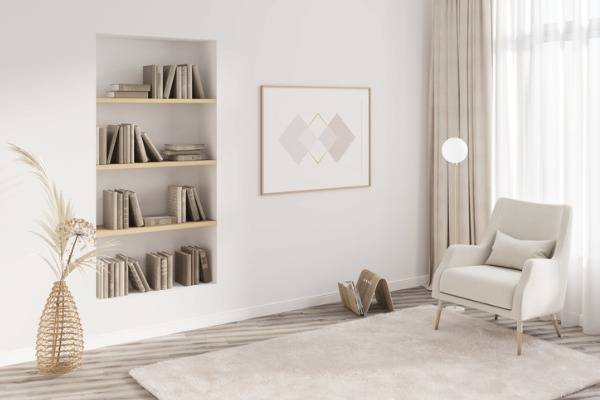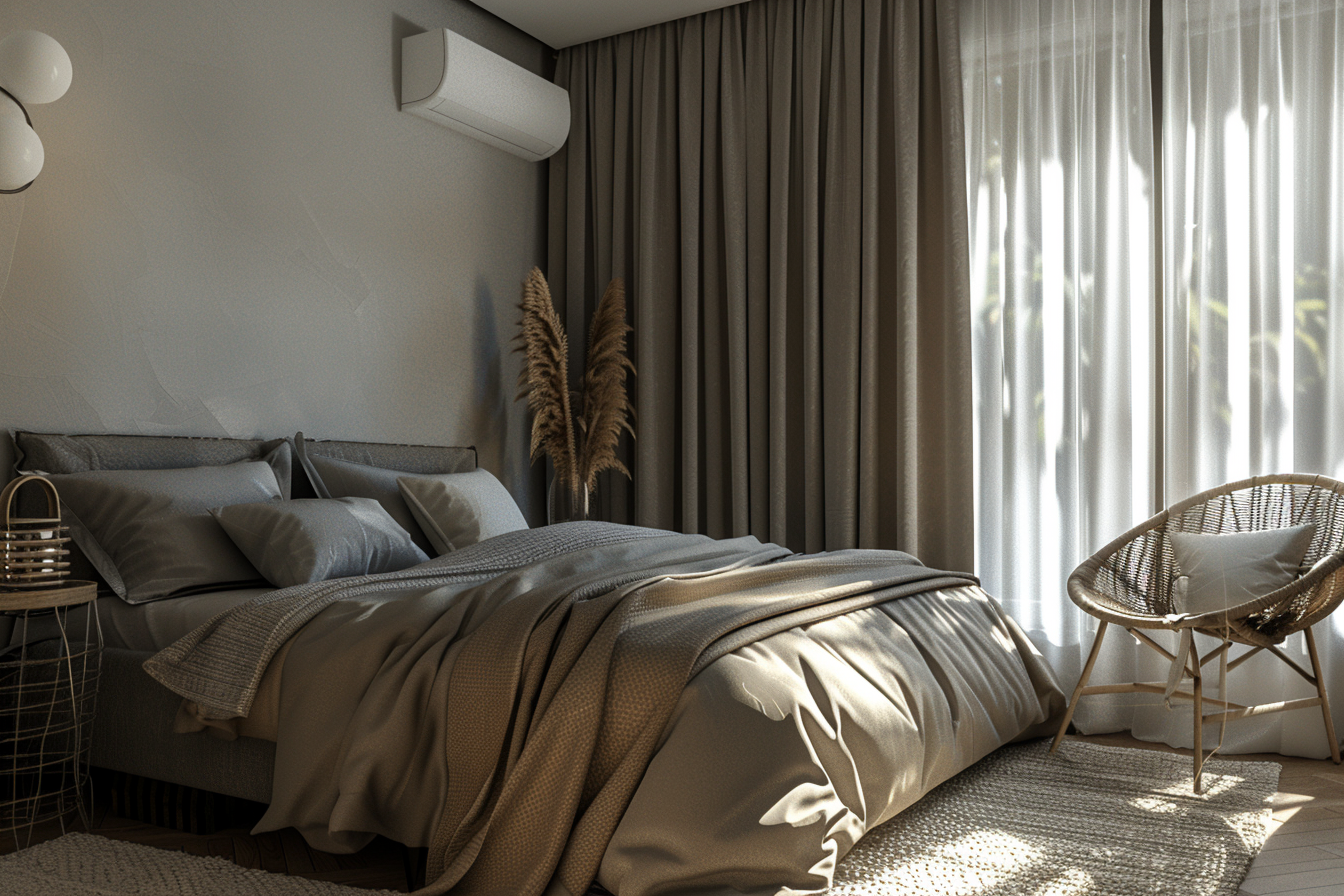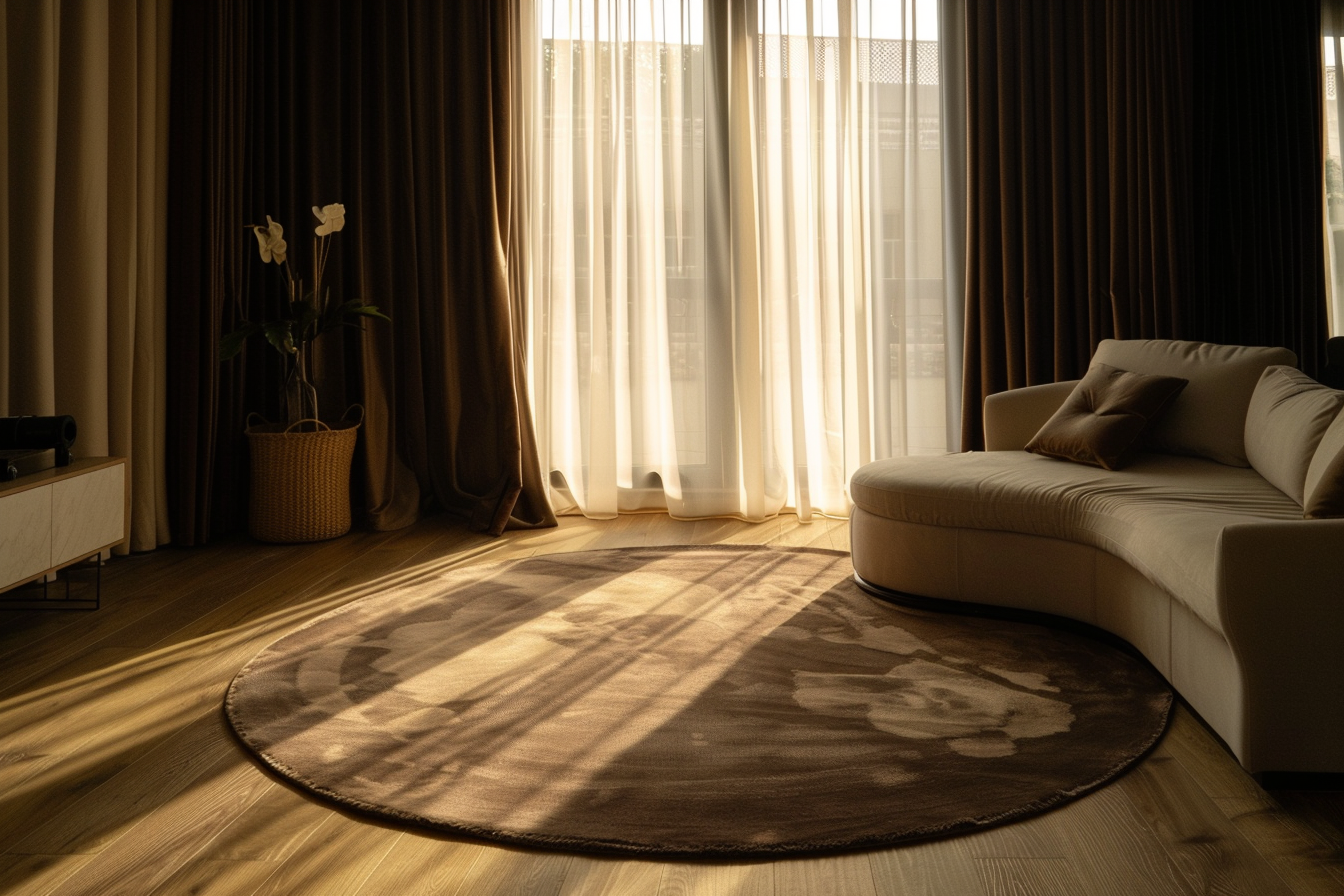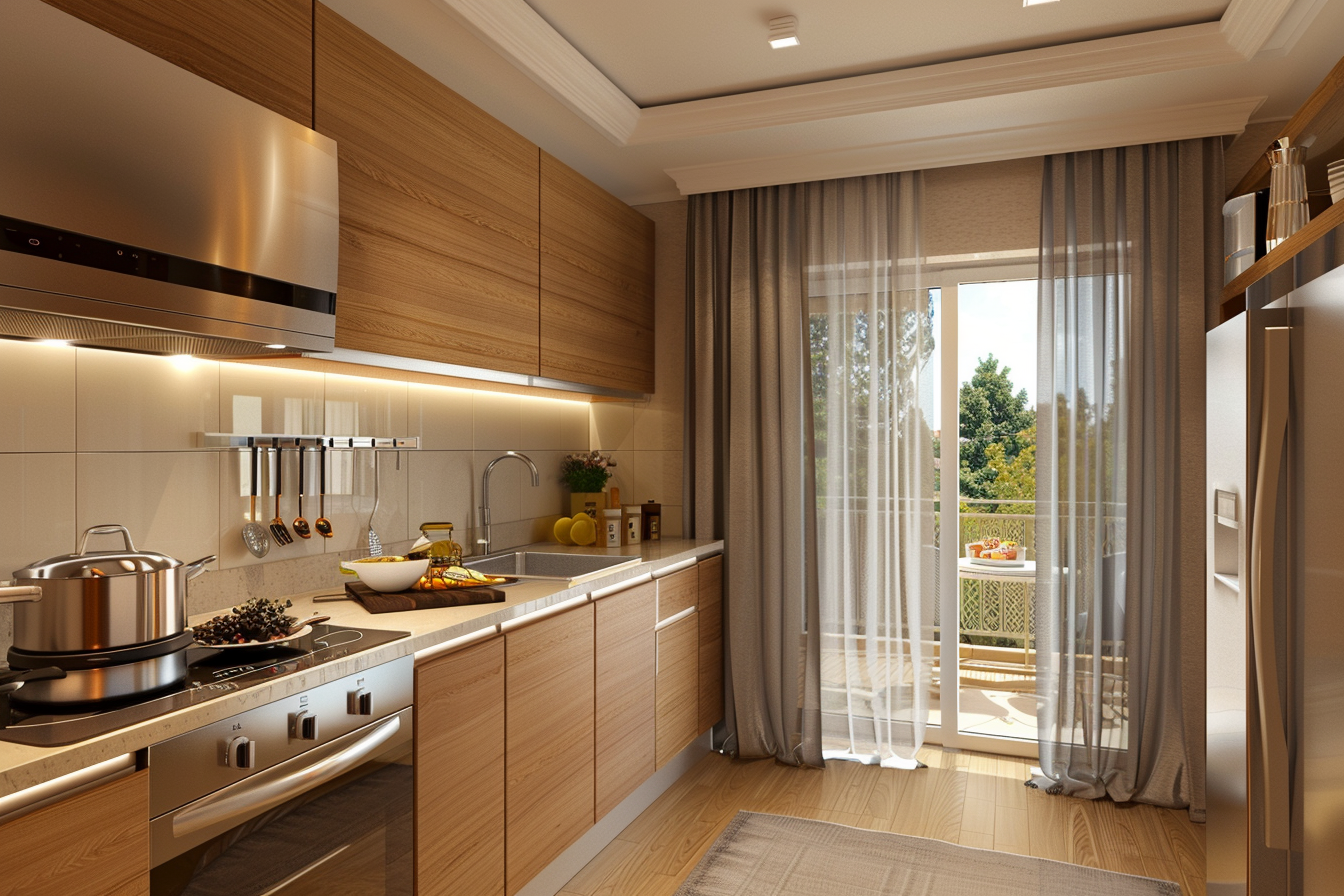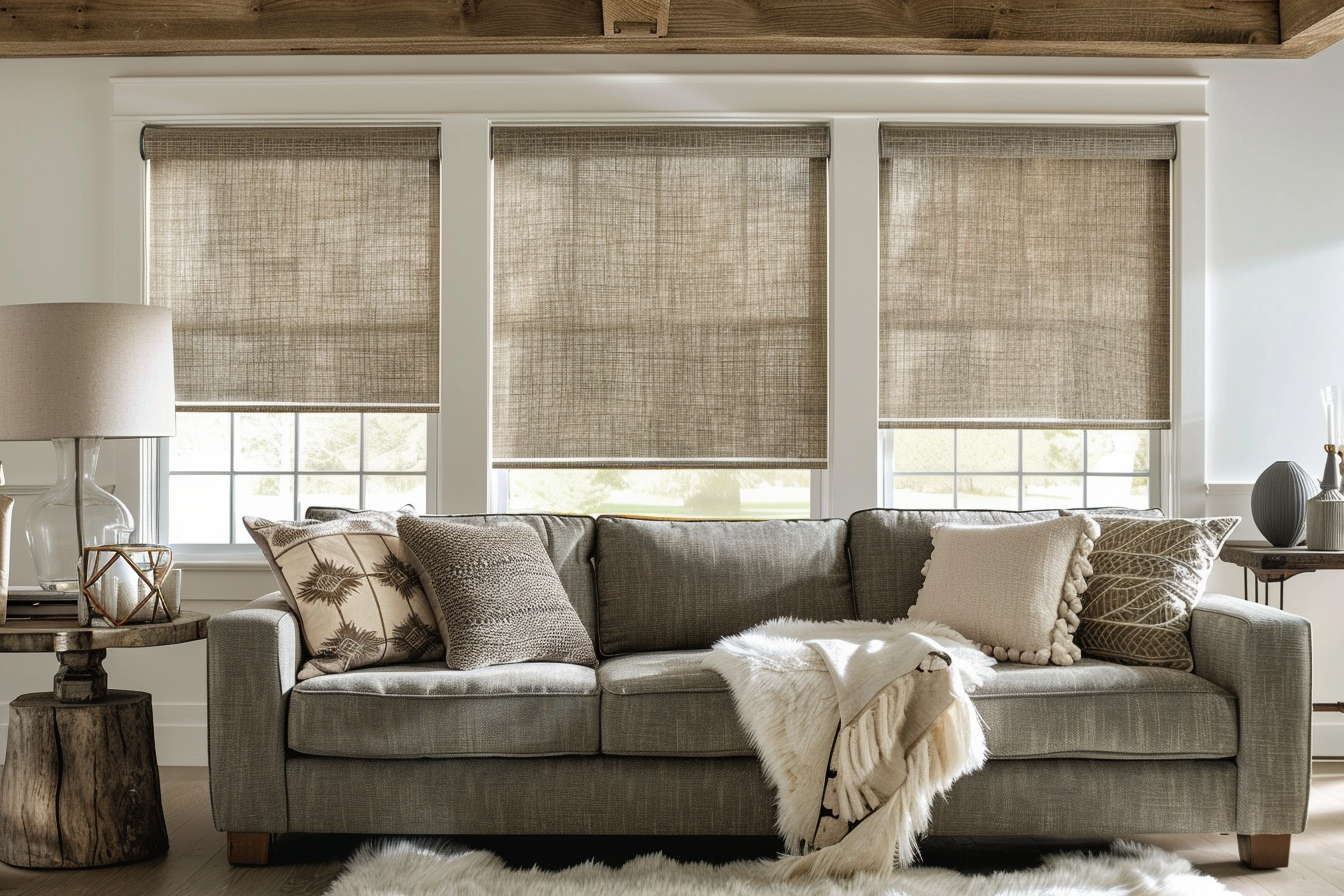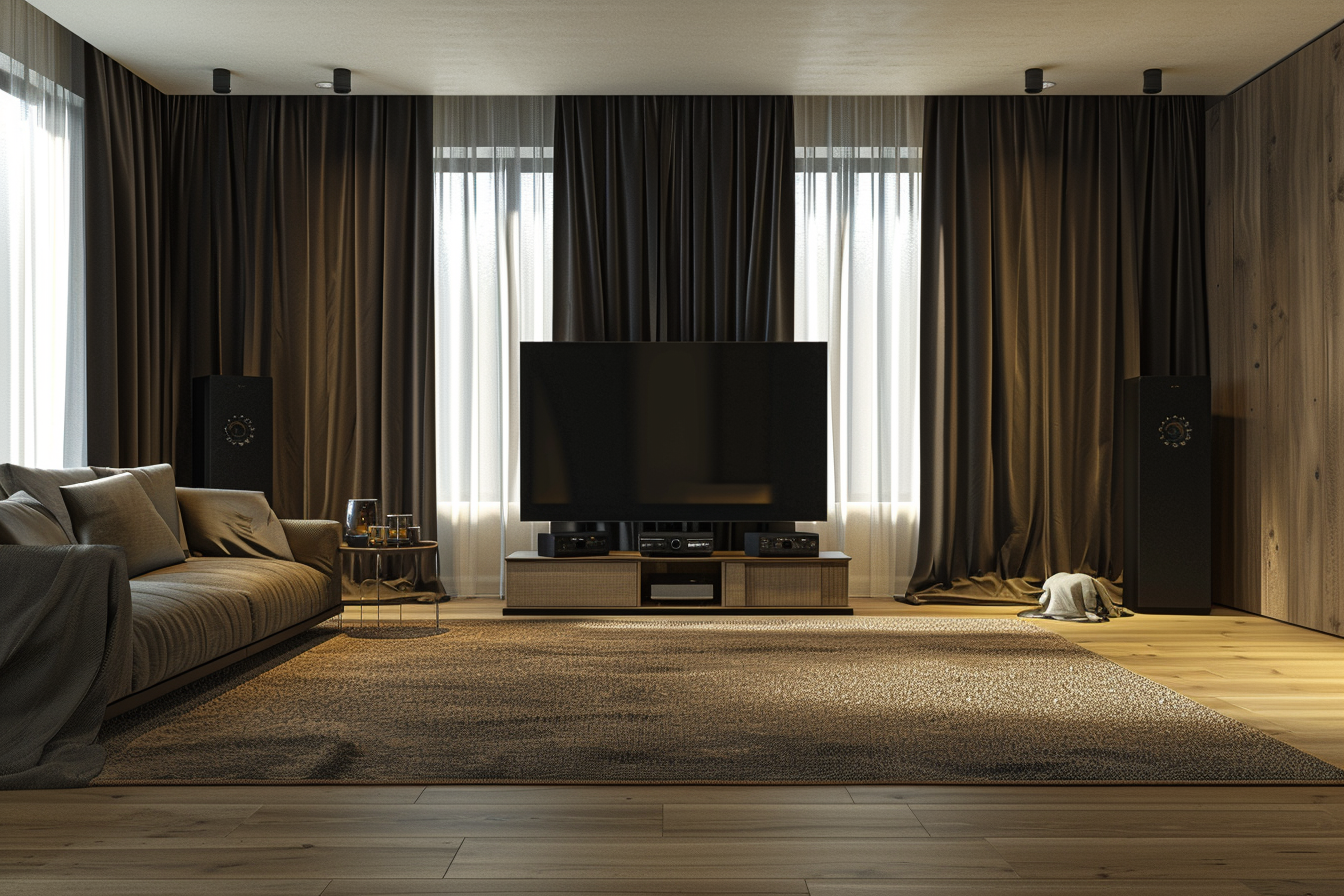It’s true. Unlike many window treatments, curtains come in many different varieties and materials. Curtain fabric choices include silk drapes, velvet curtains, waterproof shower curtain liners, decorative window drapes, cotton indoor/outdoor curtains, lined curtains and so on. So, which one is right? There really isn’t a right or wrong answer to that question. It really comes down to personal preference and style, which is why it’s important you read this post on the difference between curtains vs drapes and each of their uses.
Learning the difference between curtains and drapes can prevent you from making a costly mistake in your home decor! Curtains and drapes are both used to insulate windows to block excessive sunlight, temperature, dust and noise. But there are many differences depending on the living situation and aesthetics of the home.
What Are Drapes?
Drapes are a type of window covering used to block out light and conceal the interior from view. They’re often made with fibers that reflect, absorb, or diffuse light, which helps to keep a room’s climate consistent and comfortable. Drapes can be made with natural fibers like cotton or wool, or synthetic fibers like silk and nylon.
Drapes are suspended from a track (or “rod,” in some cases) that’s attached to the wall at the top and near the middle of the window frame. The drape always hangs from this track in an open position, and is moved by pulling it toward yourself. This movement will then cause it to fall back into place once you let go—which is why they are called “drapes.”
The drape itself can be divided into two sections: the “headrail” and the “return.” The headrail is the part that sits closest to where it attaches to the wall; it usually has a decorative line (called a “top return”) and is often lighter than the bottom section of the drape. The return sits under this top section and is thicker; it’s what you see when you look at your drapes from inside your home.
Drapes are incredibly versatile in that they can be held up by any number of things: curtain rods, poles, or even just by themselves if they’re long enough (as long as they don’t get tangled with other drapes or things around them). There’s also no limit to how many drapes can be used in one space, which means you can layer them however you like to achieve the kind of privacy you want.
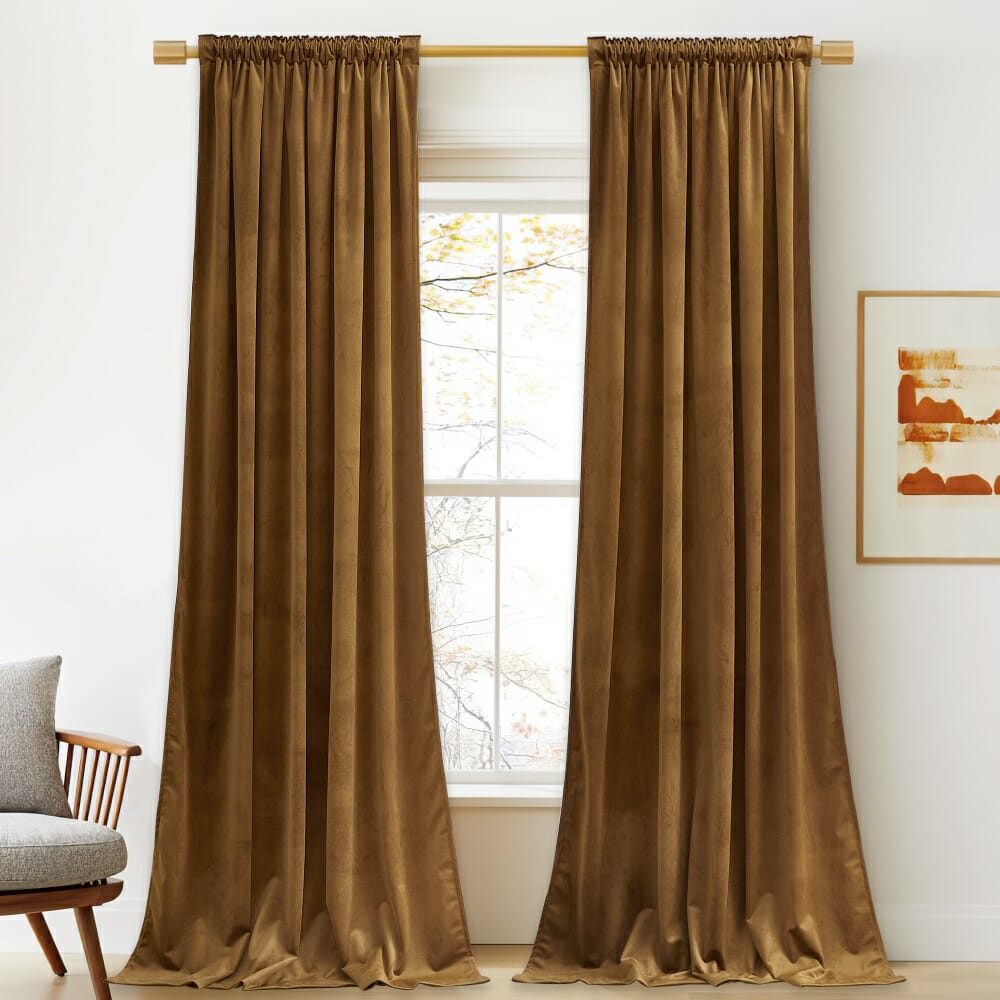
What Are Curtains?
Curtains are made from much lighter weight fabrics than drapes. Some of the material used in curtains is extremely sheer.
When you hang a curtain, you want to make sure that the wall or window frame isn’t visible through the curtain. Curtains come in many different shapes, styles, and colors and can be used in many different ways, such as adding color to a room or to block out the light when you’re sleeping.
You can use curtains in your kitchen over windows next to your sink, or on your patio doors if you want to block out the sun while you’re cooking or dining outside. You can also install curtains over doorways in your bathroom so that you have privacy when using the toilet or taking a shower/bath.
Difference Between Curtains and Drapes
Curtains vs drapes: If you’ve ever wondered about the difference between curtains and drapes, wonder no longer! Curtains and drapes are both hung on windows to separate a room from the outside, but they are not the same thing.
Curtains are typically made of a light, thin fabric like twill or cotton and may be lined with a material that helps block sunlight. They are often found in bedrooms or living rooms, where they block out light for sleeping or watching TV, respectively. Curtains may be short, floor-length, or have a “drape” at the bottom that extends past the window frame.
Drapes are typically made of heavier fabrics like velvet or silk and fall straight down from the top of the window frame. They are often found in more formal rooms like dining rooms or libraries, where they can help to add some flair to your home’s decor by creating more privacy.
Drapes are typically hung from a rod or track system, while curtains more often come with curtain rings and are hung from a rod that is attached to a wall. Curtains are typically fitted with a rod pocket, while drapes often have hooks. This means that drapes aren’t as flexible as curtains when it comes to hanging them in different ways to get the look you want.
Fabric Weight
Curtains can be any type of fabric, from linen to polyester. However, they are typically a lightweight fabric, which is why so many people use them for their bedrooms and living rooms. Drapes, on the other hand, tend to be a heavier fabric and are used to cover large windows in the home. This is because drapes require more support than curtains, especially if they’re hung from ceiling-high windows in the dining room or kitchen.
A 1/2″ curtain panel that is 100% polyester has a fabric weight of 5 ounces per square yard. A 2″ curtain panel that is 100% polyester has a fabric weight of 8 ounces per square yard.
The same curtains made from silk have a fabric weight of 45 ounces per square yard. This means that if you made the same curtains out of silk instead of polyester, you would need more silk than you would need polyester to achieve the same overall look and feel in your room.
Draperies are usually made from cotton, and they can be as light as 10 ounces or as heavy as 25 ounces. The number of threads per inch also affects their weight: the more threads there are, the denser and heavier the curtain will be.
Fabric Length
The best way to figure out what to call your window coverings is by looking at their length. Curtains are shorter than drapes because they’re hung from a pole or rod outside or inside of your window frame. You’ll usually see them in bedrooms. Drapes are longer than curtains and have a rod at the top so they can hang from an overhead bar. They’re often seen in living rooms and dining rooms.
Draperies fall somewhere between curtains and drapes in terms of length. They can vary between 7 and 8 feet long, which means if you want something more substantial than a lengthier curtain but want something lighter than a heavy drape, draperies might be right for you!
Where Can We Use Them
Drapes tend to be more formal than curtains. This is because drapes are full length, made from rich fabrics like velvet and chenille, and can be lined with additional fabrics. However, this doesn’t mean that you can’t create a formal look with curtains or a casual look with drapes. It all depends on your choice of fabric and accessories.
Curtains are used in windows and doors, as well as over mirrors, closets, shelving units and other pieces of furniture. They can also be used in place of doors to enclose a room or area or provide privacy. Curtains are typically found in bathrooms and bedrooms, but they can be installed anywhere in your home.
Drapes are often called window treatments because they are typically hung-over windows. They can also be used over doors, placed between windows or in rooms where you want to add additional color or pattern. Drapes can help frame a room and make it feel more finished.
Maintenance Of Curtains and Drapes
If you’ve got curtains or drapes, you need to take care of them! Curtains can be vulnerable to damage from a lot of things—like pets, small children, and even inclement weather!
Here’s what you should do if you have curtains or drapes:
How to Clean Curtains?
First, you want to vacuum your curtains. If you have a curtain rod with rings, take them off and vacuum them as well. If you don’t know how to take the rings off of your curtain rod, just slide a butter knife between the ring and the curtain, then slide it out from the ring. Now you can vacuum that area of your curtain!
A few more curtain cleaning tips:
1. Use a clothes steamer to remove wrinkles from your curtains.
2. To make sure your curtains stay stain-free in the future, store them in airtight plastic bags in dark areas that aren’t humid.
3. If you want to try a DIY approach, use vinegar and lemon juice mixed together in water; this should help remove stains!
How to wash drapes?
If your drapes are made from silk, then you will have to be more careful with them than with other types of fabrics. There are several ways to clean drapes at home. The best way to clean drapes is dry cleaning, but if you don’t have time to visit the dry cleaners, you can do it at home.
Another easy way to remove dust and dirt from drapes is by using a vacuum cleaner. It is one of the best options for maintaining drapes if they are not very dirty or stained. You can use this method every week for better results.
How to clean drapes without taking them down?
If your drapes are looking dingy, you might want to clean them. But how can you clean them without taking them down?
First of all, cover the floor of your living room with a tarp. You can do this by using a tarp that you already have, or by purchasing one from a hardware store. The important thing is to protect your floor from the cleaning solution that you are about to use.
Once the floor is covered in a tarp, dip a cloth (or something else absorbent) into the cleaning solution. You might want to use a microfiber cloth because it will help to trap dirt and grime really well.
And then, simply wipe down the drapes!
Similarities Shared by Curtains and Drapes
Curtains and drapes are both things that hang in front of large glass windows to block light. This is the most basic similarity shared by curtains and drapes, but there’s a lot more.
The two types of window coverings are very similar. Both are typically long ribbons of fabric that hang down from a rod or pole attached to the wall. Both are made from different kinds of cloths, like cotton, silk or polyester, depending on their purpose and the type of room they’re in.
It’s essential to recognize that anything hung over a window is considered a window treatment. So what is your choice between TheHues drapes and curtains? Whether you choose Drapes or Curtains, pick whichever works for your home and needs. We recommend TheHues thermal insulated blackout-lined curtains for the winter season, and they will look fantastic on your windows. Contact our customer service today to book a free design, measure, and quote. Our Interior Consultants can help you to make a perfect decision.


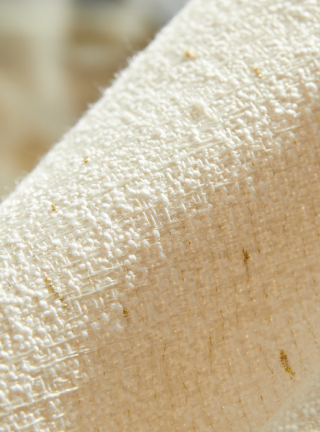
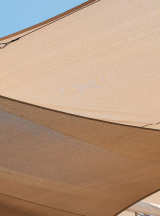

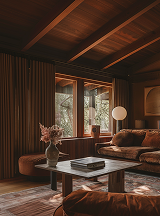
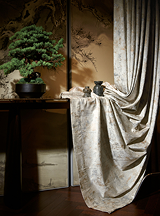







 Loyalty Plan
Loyalty Plan





